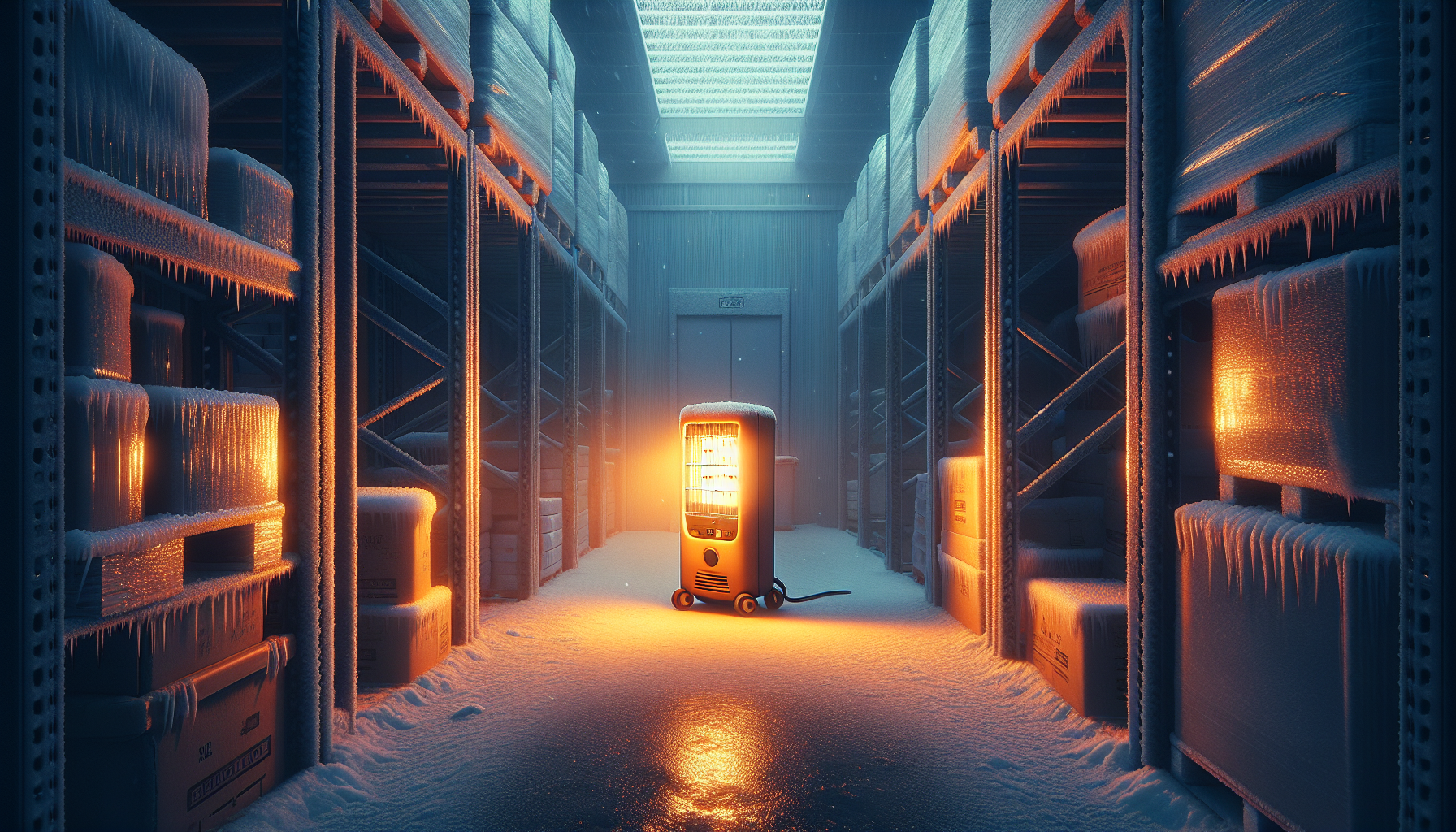How to Maintain Proper Temperature in The Spaces Under Your Home and Avoid Structural Issues
Heating systems are crucial for ensuring comfort and energy efficiency in a home, yet often the importance of regulating the temperature in less visible areas, such as crawl spaces, is overlooked. These spaces, found beneath houses without basements, can become problematic in cold climates if not adequately heated, as humidity and low temperatures can lead to frozen pipes, mold, and structural damage.
What Is a Crawl Space and Why Is Heating It Important?
A crawl space is a limited access area between the ground floor of a house and the ground itself, typically left open for air circulation and access to plumbing or wiring. However, in cold climates, this space can become an issue if it doesn’t have proper thermal protection.
Reasons to Install a Heater in a Crawl Space:
✅ Prevent frozen pipes: Water in pipes can expand and burst them when temperatures drop.
✅ Prevent moisture buildup: A warm environment prevents excess moisture that encourages mold growth.
✅ Improve air quality: Reducing moisture and mold in lower spaces improves the air quality in the home.
✅ Protect the house structure: A warm crawl space prevents the weakening of foundations due to prolonged moisture.
✅ Reduce repair costs: Investing in preventive heating can avoid costly repairs in the future.
Types of Heaters for Crawl Spaces
There are two main types of heaters designed for these spaces:
🔌 Electric Heaters
These systems use electricity to produce heat through convection or radiation. They’re easy to install and don’t require external ventilation, making them a practical option.
Advantages:
✔ Easy installation and low maintenance.
✔ Do not generate pollutant emissions.
✔ Models with thermostats and timers for precise control.
✔ More affordable in initial cost terms.
Disadvantages:
❌ Higher electrical consumption compared to other options.
❌ Less effective in extremely cold climates.
🔥 Gas Heaters
They operate through gas combustion and require external ventilation to prevent the buildup of dangerous gases.
Advantages:
✔ More efficient in continuous heating.
✔ Lower operation cost in regions with cheap gas.
✔ Lesser impact on the electricity bill.
Disadvantages:
❌ Require adequate ventilation to prevent carbon monoxide buildup.
❌ Installation is more complex and costly.
❌ Risk of gas leaks if not installed correctly.
Preparing a Crawl Space Before Installing a Heater
For a heating system in these spaces to be efficient, proper preparation is crucial.
- Cleaning: Remove debris, dirt, and flammable objects.
- Thermal insulation: Install insulating material on walls and floors to prevent heat loss.
- Moisture control: Implement vapor barriers to prevent excessive condensation.
- Drainage: Ensure adequate slope to prevent water accumulation on the ground.
- Ventilation: Keep proper ventilation to avoid gas or moisture buildup.
Alternatives to Crawl Space Heaters
If active heating isn’t a viable option, other strategies exist to maintain appropriate temperatures in these spaces.
📌 Pipe insulation → Wrap pipes with insulating material to prevent freezing.
📌 Heat tape → Electric cables that provide direct heat to pipes.
📌 Crawl space encapsulation → Sealing the space with vapor barriers to prevent moisture and heat loss.
📌 Use of dehumidifiers → Reduces moisture and prevents mold formation.
Safety in Heating Reduced Spaces
Improper use of heating systems in crawl spaces can pose significant risks. In January 2024, a fire in Missouri, USA, was caused by a poorly installed propane heater in a small space. This incident underscores the importance of following recommended safety measures:
🚨 Avoid electrical overloads → Do not connect heaters to electrical extensions.
🚨 Maintain distance from flammable materials → Ensure adequate separation between the heater and any flammable object.
🚨 Use carbon monoxide detectors → Especially with gas heating systems.
🚨 Regularly inspect the system → Detect potential failures before they become serious problems.
Is It Advisable to Install a Heater in the Crawl Space?
Before opting for this solution, it is crucial to consider:
❓ Is heating the space necessary? → In some cases, good insulation may be enough.
❓ How efficient will the heating be? → If there are many air leaks, the heat will quickly be lost.
❓ What is the best energy option? → The cost of electricity or gas in your area may influence the decision.
❓ Are there risks of moisture or fires? → Ensure adequate ventilation and protection against potential risks.
In many cases, a combination of insulation, encapsulation, and ventilation can eliminate the need for heaters, reducing energy consumption and associated risks.
Conclusion
Heating crawl spaces is a useful strategy for improving a home’s energy efficiency and avoiding structural problems. However, before installing a heater, it is essential to evaluate alternatives like thermal insulation and encapsulation.
In terms of safety, a poorly installed heater can pose a greater danger than the benefit it offers. Therefore, consulting a professional before any installation is recommended.
💡 A well-insulated and ventilated space is key to a warm and safe home.












